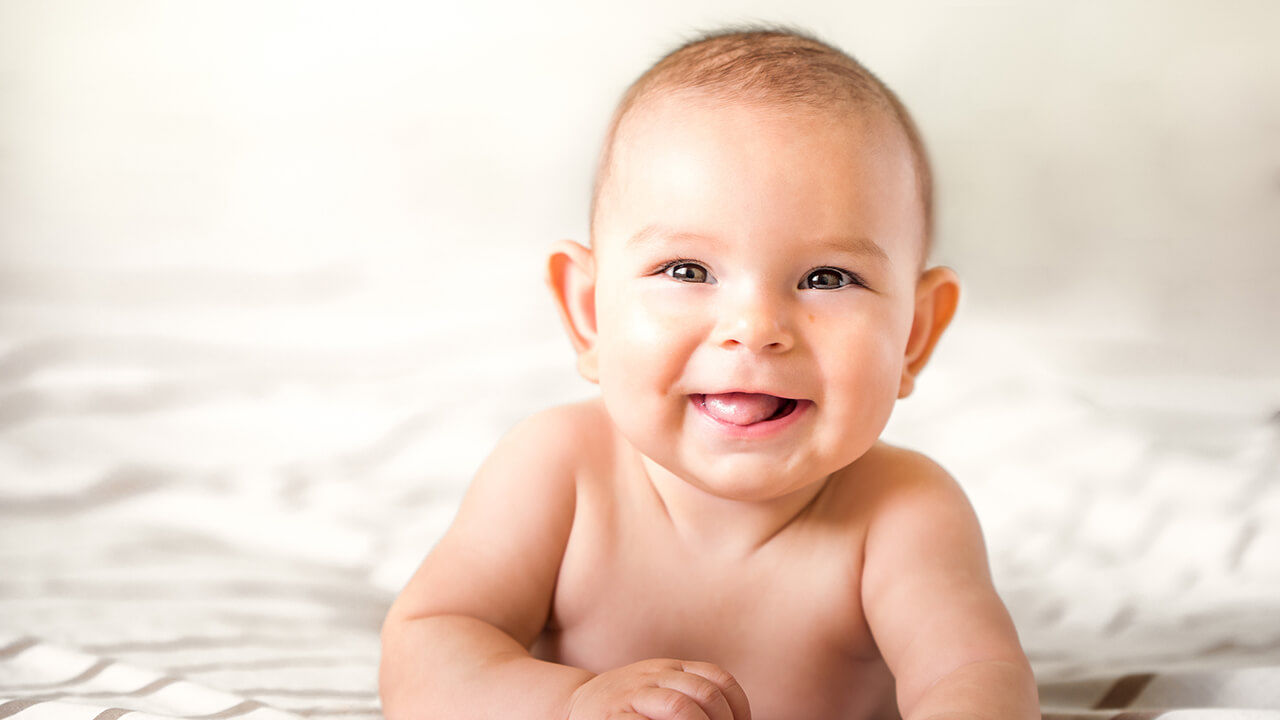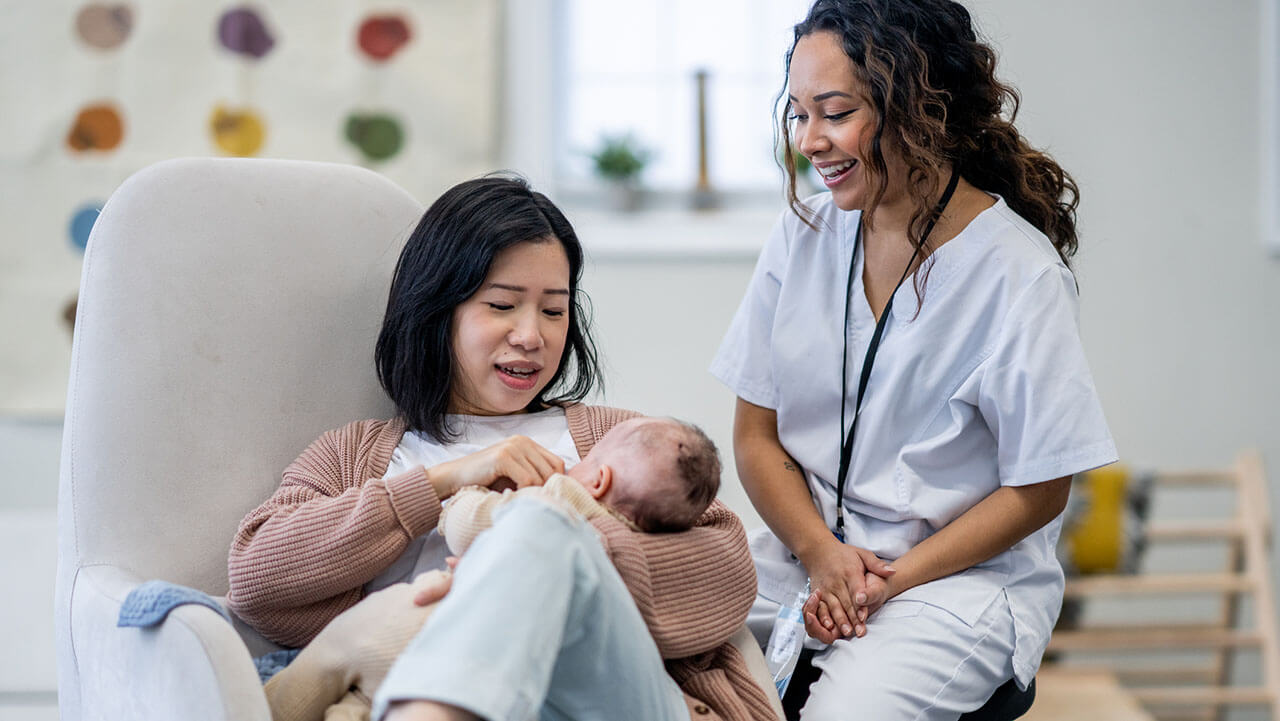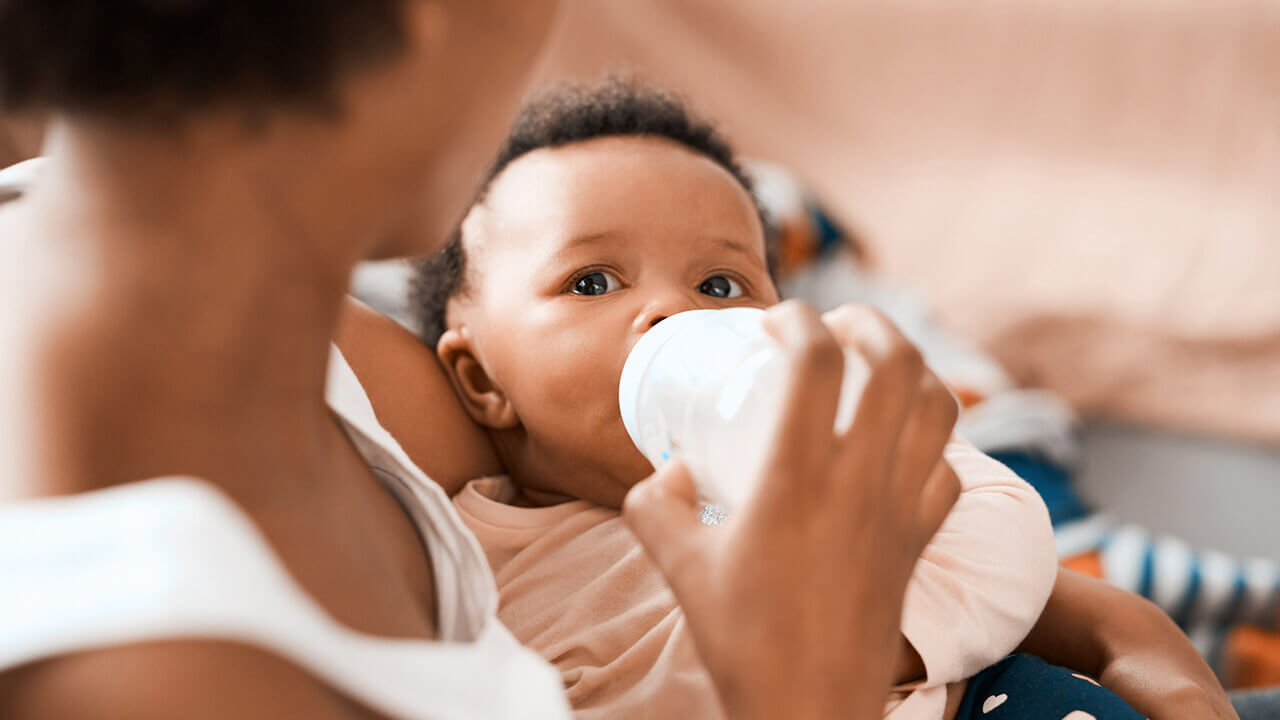Infant play and tummy time


Eighty percent of a child's brain development occurs in the first three years of life, and play is crucial for healthy development and learning.
The best toy a child can have is a parent or caregiver who gets down on the floor and plays with them. Face-to-face interaction with a caregiver promotes healthy brain development, and it is your full presence, love and attention that enriches children. Play leads to verbal and nonverbal interactions between parents and children, and this supports warm, nurturing interactions and relationships.
By the time a baby is 6 to 8 months old, they can:
The best toy a child can have is a parent or caregiver who gets down on the floor and plays with them. Face-to-face interaction with a caregiver promotes healthy brain development, and it is your full presence, love and attention that enriches children. Play leads to verbal and nonverbal interactions between parents and children, and this supports warm, nurturing interactions and relationships.
Playing with baby
Here are some ideas for playing with your baby in their first year. As your baby grows, the type of play will change along with their stages of development.- 0-6 months
- Show your infant interesting objects, such as a brightly colored mobile or toy.
- Talk to your infant often to familiarize them with your voice. Respond when they coo and babble.
- Place your infant in different positions so they can see the world from different angles.
- Let your infant bring safe and clean objects to their mouth – just no choking hazards – to explore and experience new textures.
- Change your facial expressions and gestures so that your infant can imitate them. Imitate your baby’s sounds and engage in a back-and-forth conversation using their sounds as prompts.
- 7-12 months
- Use a mirror to show faces to your baby.
- Provide your baby with a safe and monitored environment to crawl and explore.
- Give your baby opportunities to learn that their actions have effects. For example, when they drop a toy and it falls to the ground.
- Put a few toys within the reach of your baby so they can choose which toy to play with.
- Play peek-a-boo.
Tummy time
When babies sleep on their back (as is recommended), they are more likely to get little flat heads, so tummy time is encouraged. Tummy time not only helps to prevent flat heads, it also develops important motor skills. Tummy time should be done when baby is awake and being watched.- There are lots of ways to play with baby when they are on their tummy. Ideas include:
- Place a toy or yourself just out of baby's reach during playtime and encourage them to reach for it or you. You can even place toys in a circle around your baby, so they can go around the circle reaching for different toys. Reaching to different points in the circle will allow them to develop the appropriate muscles to roll over, scoot on their belly and crawl.
- Lie on your back and place baby on your chest. Baby will lift their head and use their arms to try to see your face.
- While keeping watch, have another young child play with baby while on their tummy. Young children can get down on the floor easily. They generally have energy for playing with babies, may really enjoy their role as the "big kid," and are likely to have fun themselves.
Reading
Reading starting at early ages offers a personal and nurturing experience that promotes parent-child bonding. It also stimulates early speech and language skills during a critical period of early brain and child development, encourages and stimulates imaginations, and promotes social emotional development.By the time a baby is 6 to 8 months old, they can:
- Hold onto a book and pat the pictures.
- Bring a book to their mouth.
- Copy some of the sounds you say and the looks on your face when you read.
- Look and pay attention to a book for a few minutes at a time.
- Find a quiet, comfortable place for book sharing.
- Name and point to the pictures your baby shows interest in.
- Help your baby turn pages.
- Act out pictures using your face, hands and voice.


